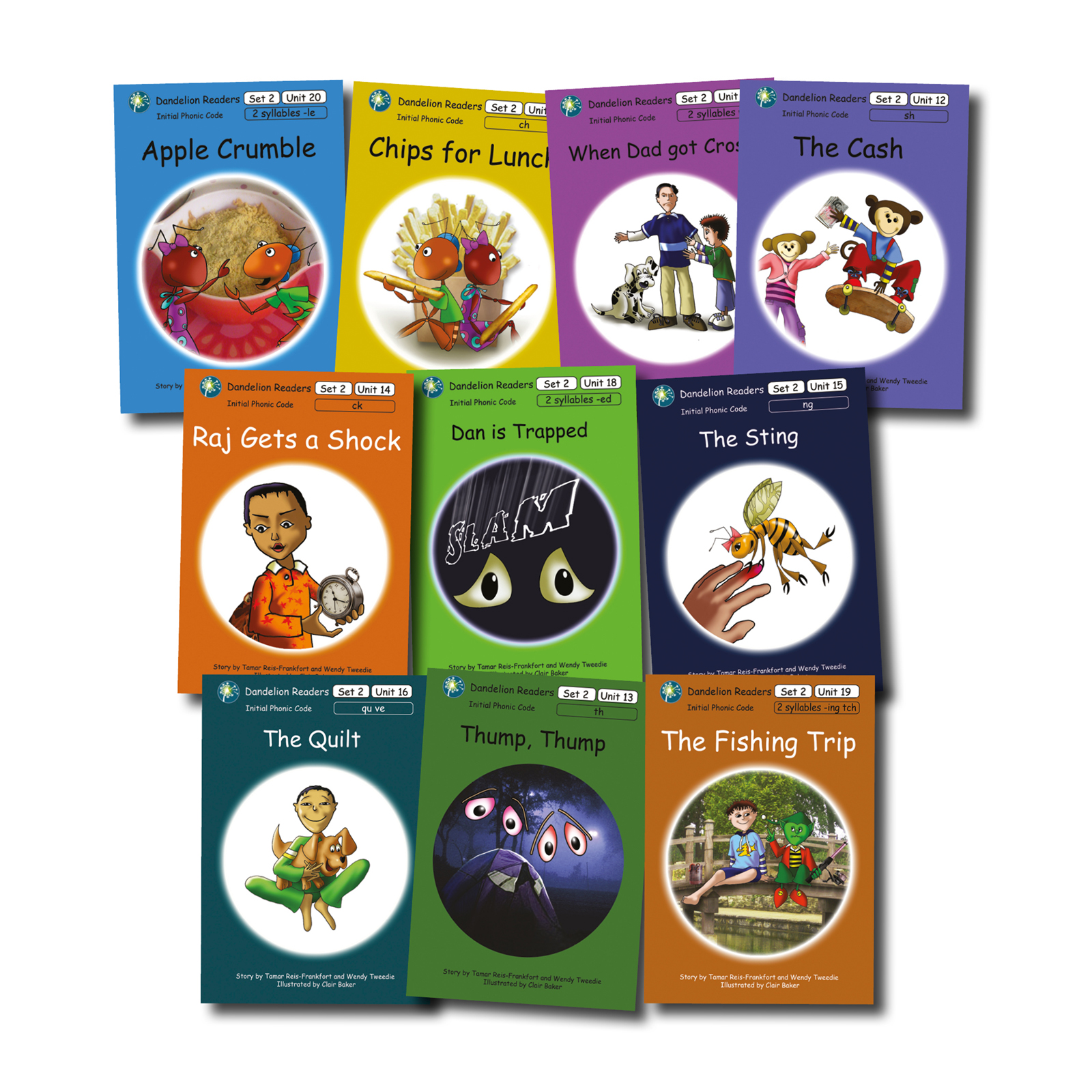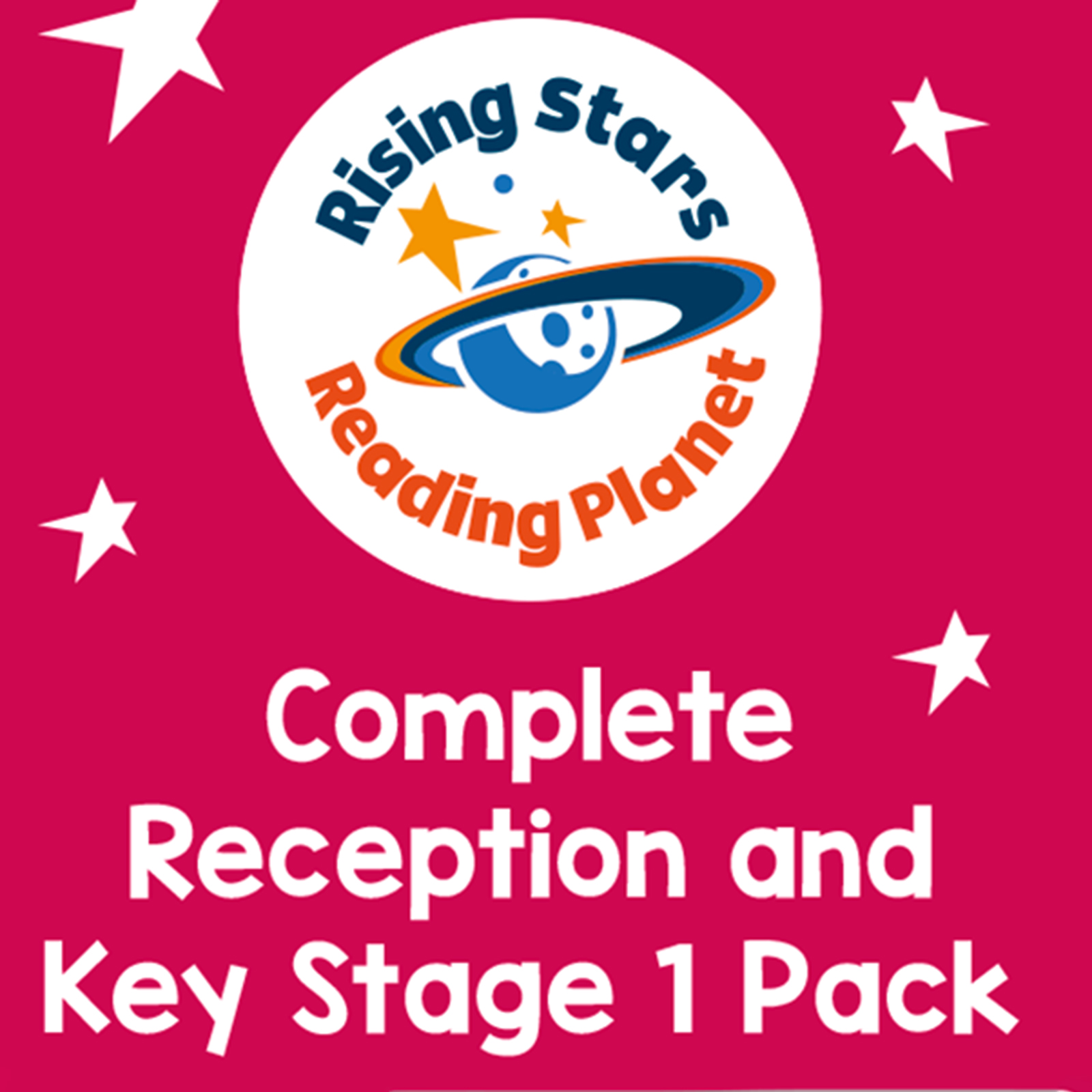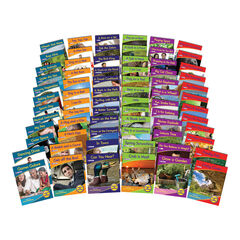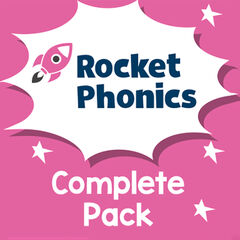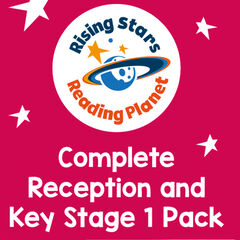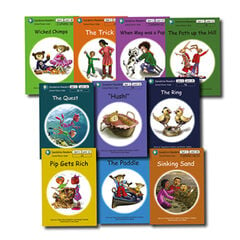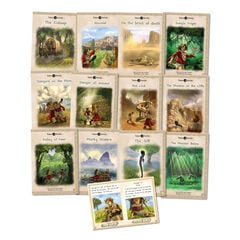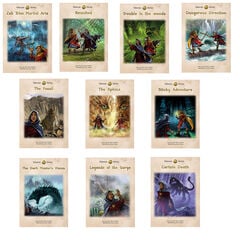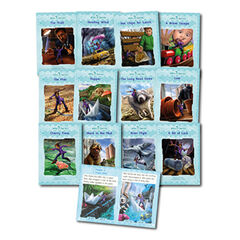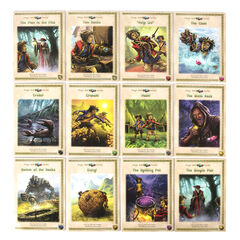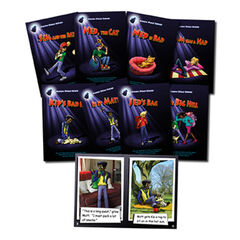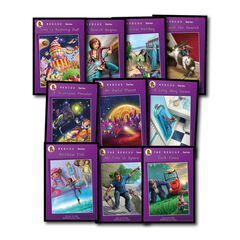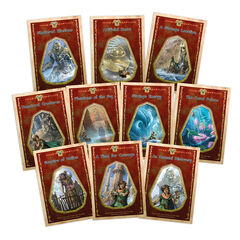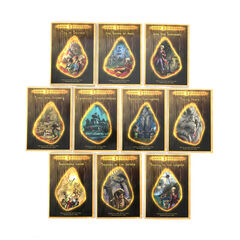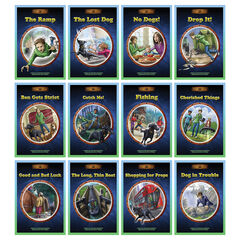Schools should “ensure that children practise their reading from books that match their phonics knowledge.”
Ofsted, School Inspection Handbook, 2019
Both the National Curriculum (2014) and Ofsted’s School Inspection Handbook (2019) highlight the need to support developing readers by providing them with decodable reading books that are closely aligned to their developing phonic knowledge.
So, what are decodable books?
Decodable books, also known as phonic readers, are books that contain either decodable or common exception words, meaning that children can read them using just their phonic skills and knowledge.
They introduce the graphemes in a step by step progression that should reflect the sequence of sounds taught in school. For example, if you teach s,a,t,p,i,n first, your first books would contain words with only these sounds. You would not expect to see words containing other graphemes. Most decodable books will also contain high frequency and tricky words, again, with the expectation that these had been taught within phonics lessons. The first books in a scheme will have simple words. As you progress, they will contain more complex words with the full range of phonemes that children have learnt.
What is the difference between fully and high decodable?
Some reading schemes are fully decodable and some are classed as highly decodable.
Fully decodable means that every word in the book can be read using just children’s developing phonics knowledge. For example, the Letters and Sounds collection and the Rocket Phonics scheme.
It can be quite challenging to write a range of engaging books using just the sounds and words learnt, particularly at the beginning. So, some schemes include a few additional words, making them classed as highly decodable instead.
Highly decodable books are almost entirely decodable but there may be a few words that the child will not be able to sound out using their phonics knowledge at that point. For example, the Comet Street Kids collection is classed as 95% decodable. Any word that is not decodable has been recorded on the inside front cover of the book, so that children can be introduced to the word prior to reading.
Why should we be using decodable books?
Children need “books that are consistent with their developing phonic knowledge and that do not require them to use other strategies to work out words
National Curriculum, 2014
- Phonic readers ensure that children only take home books that contain letters, sounds and words that they have been taught. We need to teach the skills before expecting children to be able to do something independently. Otherwise this would be like teaching children how to use numbers to 20 and then giving them homework with numbers above 100!
- Children are only introduced to books that have familiar letters and sounds so they have more opportunity to practise their phonic skills and gain greater fluency in decoding.
- Children are taught to develop effective reading strategies, such as decoding, rather than relying on less successful strategies such as guessing at words.
- When children are more confident with decoding, they can spend more time focussing on comprehension skills and reading stamina.
- Children are more likely to experience success which will build their confidence, motivation and enthusiasm for reading.
Things to consider …
the sequence of reading books shows a cumulative progression in phonics knowledge that is matched closely to the school’s phonics programme.
Ofsted, School Inspection Handbook, 2019
- Decodable books should complement a phonics scheme. Look at the progression of sounds taught within your phonics programme and order the reading books in a similar sequence. It is important to make sure that the sounds introduced in a book that a child takes home have been covered in your phonics teaching.
- Two key aspects – Decoding (no guessing) and Comprehension. Children should be encouraged to use their phonic skills rather than guessing when they encounter a new word. Support and model how to sound out the word and then blend the sounds together. Talking about and discussing the book is also important for developing vocabulary and those early comprehension skills too.
- Share with parents. A lot of parents are familiar with the book band system so make sure you share any change to your reading scheme to ensure they understand how best to support their child.
- Lots of variety. Give children lots of opportunity to read and re-read different books with similar sounds and spelling patterns.
- Offer age-appropriate books. Some children need additional time and support so may need to read decodable books for longer. When children get older, they don’t want to keep reading the books that children in Key Stage 1 read, so offer them a range of decodable books specifically for older children. Take a look at the range of catch-up readers which offer decodable texts with an older interest level.
But remember …
Although phonic readers are recommended as early reading books, it is also important that children have access to a wide range of texts that they can share and enjoy with adults to develop a true love of reading.
Take a look at our full range of Phonics Readers
Letters and Sounds Dandelion Rising Stars – Reading Planet Catch-Up Readers






